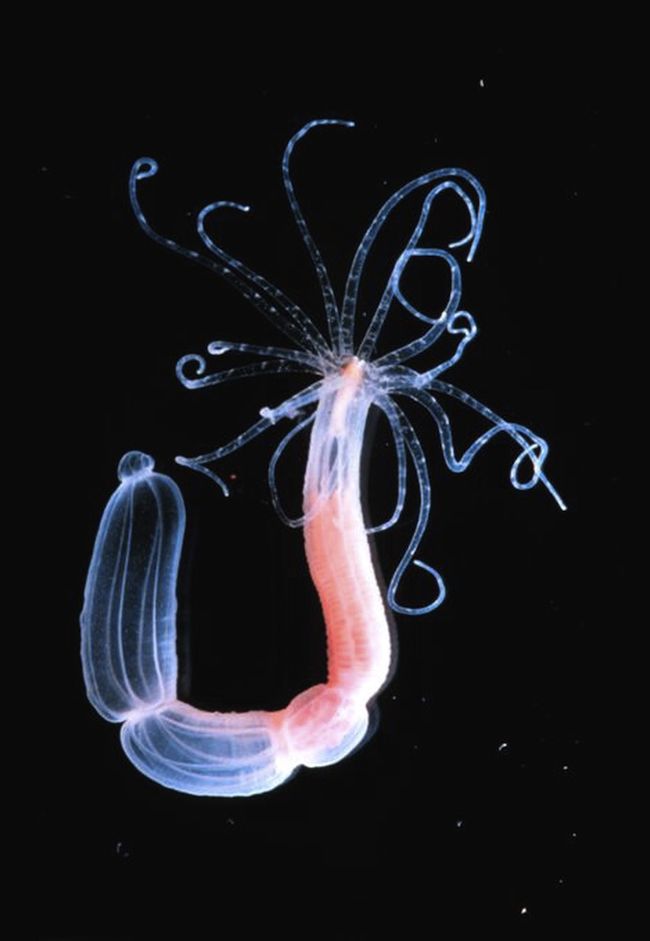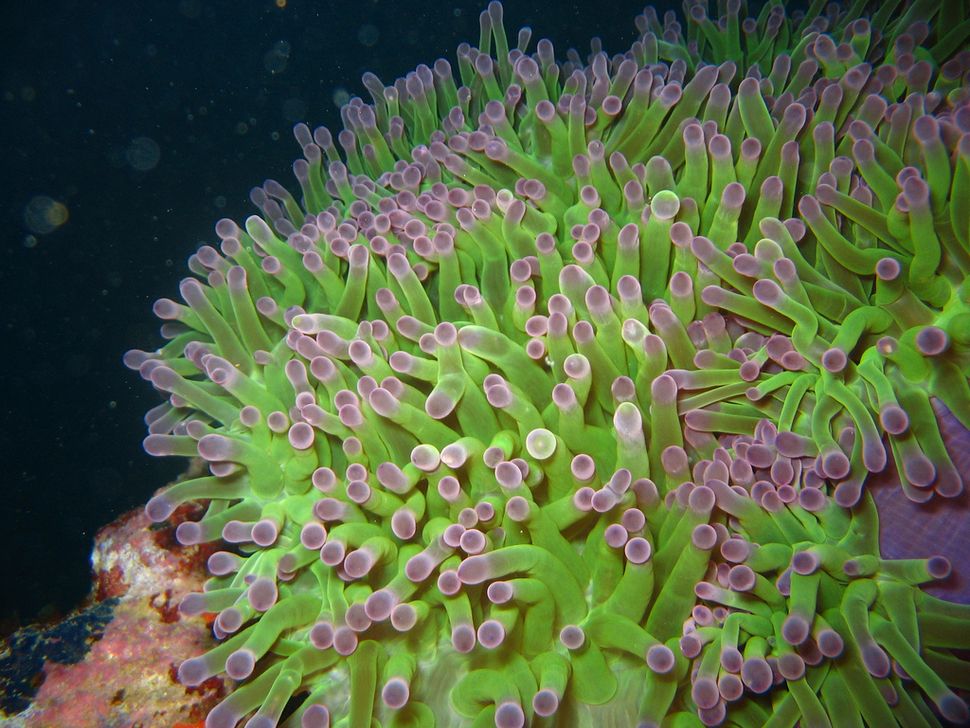
In this phylum, which includes organisms such as sea anemones, corals, jellyfish, and Hydra, diel patterns of behavior have been documented in species of the subphyla Anthozoa, ,, ,, ,, , and Medusozoa, ,, ,, ,, but only a few investigators have attempted to discern whether these behaviors are direct responses to changes in light availability or whether the behavior is endogenously generated by a circadian clock. Undoubtedly, the ubiquitous presence of the circadian rhythm is an indication of the evolutionary significance of this particular temporal oscillation.Īlthough regulation of circadian cycles has been thoroughly investigated in some derived metazoan taxa, much remains to be learned about circadian control in pleisiomorphic groups such as the Cnidaria. Among these, the most widely studied is the circadian rhythm, a cyclic pattern that has been documented in most species studied to date. The spectrum of rhythms includes ultradian (minutes), circatidal (12.4 hrs), circadian (24 hrs), circalunar-day (24.8 hrs), semilunar (15 days), lunar (28 days), or circannual (yearly) oscillations,. The range of frequencies in which these biological oscillations are expressed within an individual can be quite diverse and is likely to depend on the organism’s specific needs for survival. Throughout the natural world, rhythms in behavior and physiology have been observed in most organisms, including eukaryotes, prokaryotes, and even in members of the Archaea. The funders had no role in study design, data collection and analysis, decision to publish, or preparation of the manuscript.Ĭompeting interests: The authors have declared that no competing interests exist. This is an open-access article distributed under the terms of the Creative Commons Attribution License, which permits unrestricted use, distribution, and reproduction in any medium, provided the original author and source are credited.įunding: The project described was supported by National Institutes of Health (NIH) Grant P20 RR-016461 from the National Center for Research Resource, The College of Charleston, and a Howard Hughes Medical Institute (HHMI) Undergraduate Education Grant.



Received: JAccepted: SeptemPublished: October 9, 2012Ĭopyright: © Hendricks et al. Vanderbilt University, United States of America Citation: Hendricks WD, Byrum CA, Meyer-Bernstein EL (2012) Characterization of Circadian Behavior in the Starlet Sea Anemone, Nematostella vectensis.


 0 kommentar(er)
0 kommentar(er)
